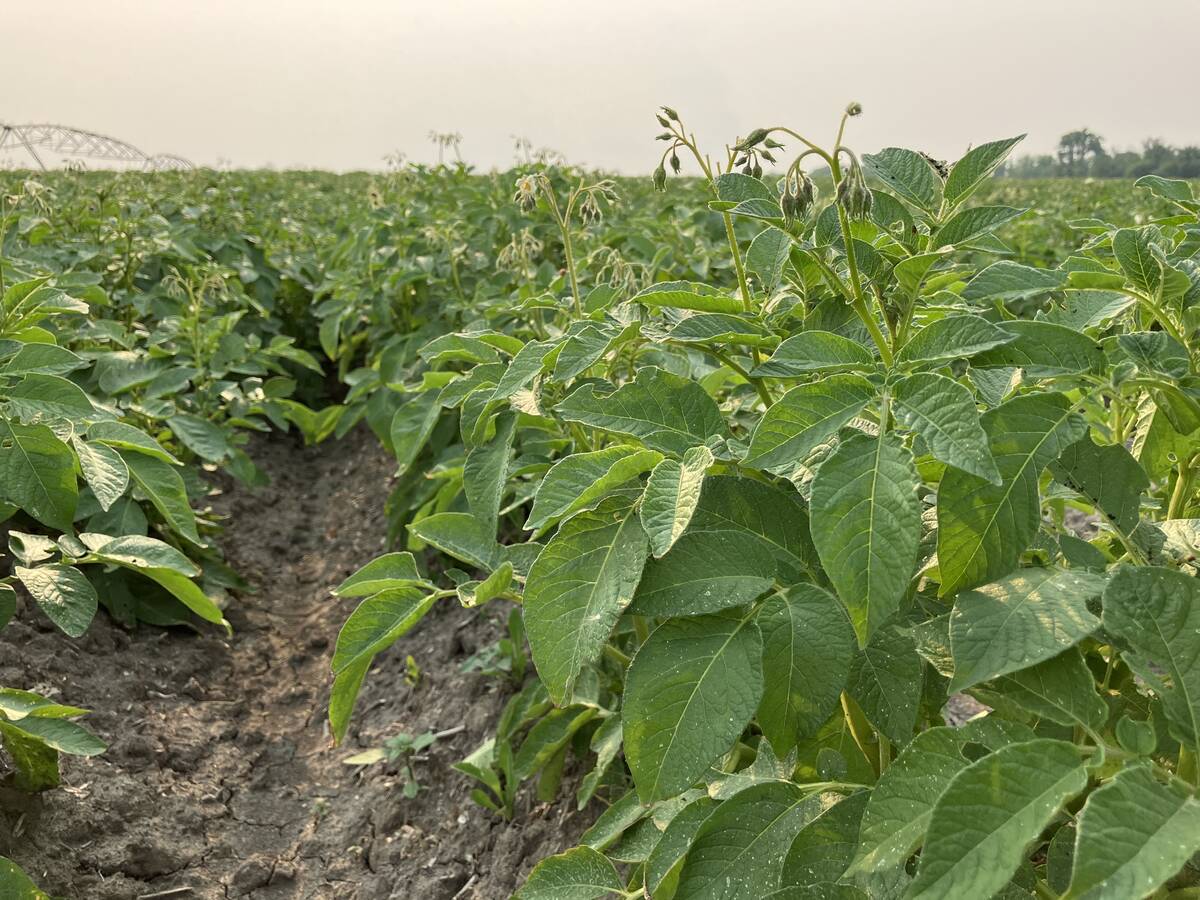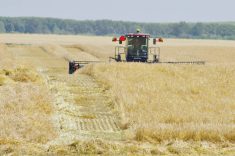“The key is rail access. It’s taken us three years at least to find the right spot.”
AManitoba farmer and former owner of the company that built the flour mill at Elie over a decade ago plans to do the same thing again near Guelph, Ontario.
Andreas Boersch is president of LVB Milling of Elie, a new company founded after selling his shares in Prairie Flour Mill, which he and his business partners built in 1997.
Boersch confirmed last week LVB Milling’s plans to build a new state-of-the art, $19-million mill in Guelph-Eramosa township, on the Guelph Railway Junction, north of Guelph.
Read Also

Potatoes join Innovation Farms testing ground
New MacGregor site adds potato farming to FCC and EMILI’s agriculture tech initiatives in Manitoba.
They’ve been looking at sites for several years, to find the right combination of rail and market access, he said.
“The key is rail access,” he said. “It’s taken us three years at least to find the right spot.”
The Guelph Junction Railway (GJR) is a division of Ontario Southland Railway (OSR), operating 24 miles of track running between Guelph and Campbellville. OSR is a Canadianowned short-line railway company incorporated in 1992.
This site will give them both a competitive transportation advantage plus proximity to Ontario’s Golden Horseshoe, where Canada’s baking and food manufacturing industries are concentrated, Boersch said.
Construction begins this winter and is expected to take approximately a year and a half to complete. When it begins operating the new mill will create 25 new jobs and at full capacity produce 400 tonnes of flour daily.
Boersch said LVB Milling aims to source anywhere from 20 and 30 per cent of their wheat annually from Ontario farmers, dependent upon quality. The remainder of the 160,000 to 170,000 tonnes they’ll need each year will come from Western Canada.
Ontario is the only place in North America where wheat acres are actually expanding, but domestic demand for wheat hasn’t kept pace with expanding acres and about two-thirds of all Ontario-grown wheat is currently exported.
Farmers in sur rounding Wellington County are quite excited about the prospects a new local mill offers, said Henry Van Ankum, a director with the Ontario Wheat Producers Marketing Board and Alma-area farmer. Farmers see this opportunity to ship closer to home as a way to save as much as $30 a tonne on transportation and handling costs, he said.
“We export significant amounts out of the country,” he said. “Having an opportunity like this to have it milled at home should add value to us and put some extra dollars in our pockets.”
A new local flour mill also fits well with consumer buy-local trends, he added. “If we can reduce transportation miles on a loaf of bread on the store shelf that’s of interest to a significiant portion of consumers today.”
Boersch said he’s confident a new mill will have a competitive advantage in a highly concentrated industry. A new mill uses state-of-the-art technologies that reduce both labour costs and energy costs.
“You can add new machinery to an old mill, but it’s still an old mill,” he said.
He’s also convinced there’s a stable market to support new ventures such as these.
“People can stop buying cars but they won’t stop buying bread. It might not be easy, in face of the competition, to enter the market, but once you’re established there’s a steady market.”



















